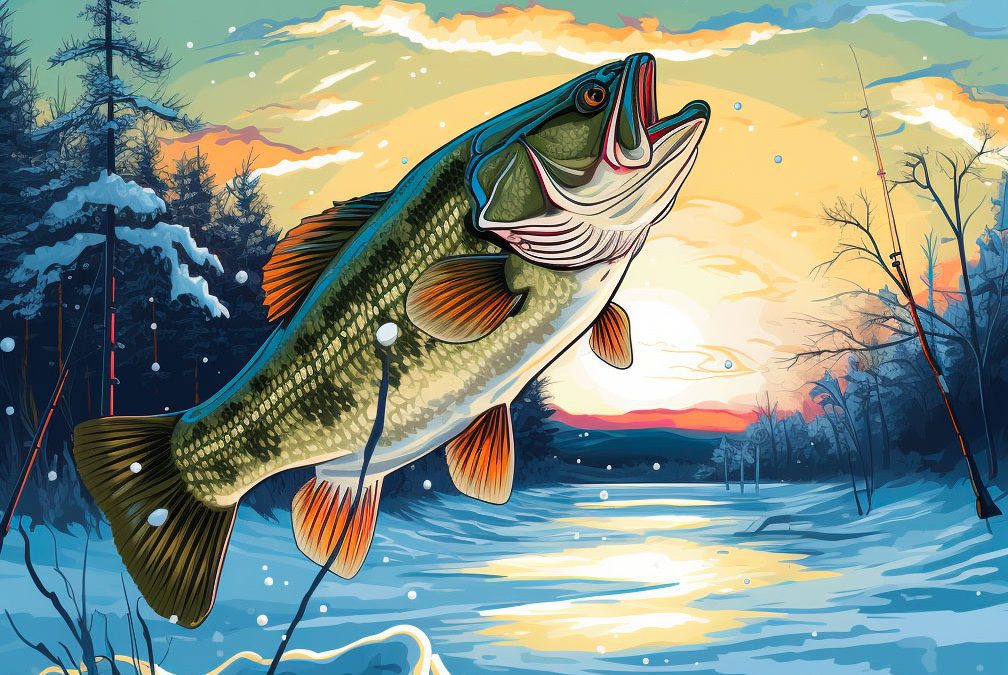As an experienced angler, I know that bass fishing can be a challenging yet exciting outdoor activity. When it comes to catching bass in January, I have learned that it requires a different approach compared to other times of the year. After years of practice and experimentation, I have compiled a beginner’s guide to catching bass during the winter months.
January brings colder water temperatures, which in turn causes changes in the behavior of bass. They tend to decrease their metabolism and become less active, so they do not feed as often. Understanding this behavior is essential in increasing the chances of catching bass during this season.
Understanding Bass Behavior in January
As the winter months set in across the United States, bass behavior begins to change in response to the cooler temperatures, and January becomes a critical time of year for both freshwater and saltwater anglers seeking to catch this coveted game fish.
In freshwater lakes and rivers, bass behavior in January is closely tied to the water temperature. As water temperatures begin to drop below 60 degrees Fahrenheit, bass start to become less active, and their metabolism slows down. This means they require less food to sustain their energy levels, and their feeding patterns become less frequent and erratic.
During the winter months, bass tend to move to the deeper parts of the lake or river, where the water temperature is more stable and warmer. They may also congregate in areas where there is cover, such as fallen trees or rocky outcroppings, which helps to shield them from the cold.
In January, bass are also affected by the shorter daylight hours. Because they feed primarily during the day, the reduced daylight hours mean that they have fewer opportunities to forage for food. This can make them even more selective about when and what they eat.
For freshwater anglers, this means that January is a time of patience and persistence. The key to success is to slow down your presentation, using lures that mimic the slow, easy movements of winter prey like crawfish, gobies, and worms.
Soft plastics in natural colors like green pumpkin or brown are often effective, as are jigs with pork or plastic trailers. Live bait like minnows and nightcrawlers can also be productive, fished slowly and close to the bottom.
In saltwater environments, bass behavior in January is influenced by the species and the location. In warmer waters like those found in Southern California or Florida Bay, bass may remain active year-round. However, in colder areas like New England or the Pacific Northwest, they too are affected by the winter weather.
During this time of year, striped bass and other species may move offshore or into deeper waters to find warmer temperatures. However, they are also known for staying close to shoreline structures like jetties, inlets, and shallow bays, where they can prey on smaller fish that may be seeking refuge from the cold.
Many anglers targeting striped bass in January use live bait such as herring or sand eels, either trolling or drifting slowly along the shoreline. Artificial lures such as jigs, crankbaits, and swimbaits can also be effective, especially when fished slowly and near the bottom.
One consideration for saltwater anglers in January is the presence of winter storms, which can make fishing conditions difficult and dangerous. It’s important to check the weather forecast and marine conditions before heading out, and to be prepared for changing conditions and sudden changes in water temperature.
Whether freshwater or saltwater, fishing for bass in January requires a different approach than during warmer months. Knowing the behavioral patterns of bass during this time of year is critical for success, as is patience and persistence in the face of slow and sometimes frustrating conditions.
But for anglers who are willing to take on the challenge, January can be a rewarding time to pursue this elusive and exciting game fish.
Locating prime locations for winter bass fishing
The best locations for winter bass fishing are typically in deep parts of reservoirs, where the water remains warmer than other areas. Examples include the middle of the dam, steep drop-offs with a depth of at least ten to fifteen feet, and large boulders. The main focus of these spots is to identify areas where bass can congregate.
As the cold winter months begin to roll in, the angling focus shifts to the pursuit of one of the most sought-after species of game fish, the largemouth bass. While many anglers may put away their rods and reels until the warmer months arrive, those who are dedicated to the pursuit of this prized fish know that the winter months offer some of the best opportunities to land a trophy-sized largemouth. January, in particular, marks the beginning of the prime location period for these feisty fish. In this article, we will explore the prime locations for largemouth bass in January and the tactics that will ensure a successful fishing trip.
One key factor that makes the winter months such a great time to fish for largemouth bass is the colder water temperatures. The cold water forces the bass to bundle up in prime locations where they can conserve energy and wait for their next meal. Understanding where these prime locations are can make all the difference in your ability to catch these fish.
When it comes to finding prime locations for largemouth bass in January, one must take into account a number of different factors. Water temperature, water depth, and structure are just a few of the many variables to consider.
Water Temperature: As we mentioned earlier, during the winter months, the water temperature has a significant influence on where the largemouth bass will be located. In January, the water in most bodies of water will be at its coldest for the winter season. As a general rule of thumb, largemouth bass will be most active in water temperatures ranging from the low 50s to upper 60s. During January, however, anglers can expect water temperatures to range from the 40s to the low 50s. When the water temperature drops below this range, the metabolism of the largemouth bass slows, and they become less active. As a result, during January, anglers should focus on locations where the water temperature is highest. Shallow areas of a body of water that receive more sun exposure are prime locations for largemouth bass during this time.
Water Depth: Similar to water temperature, water depth is a critical factor in determining where largemouth bass will be located in January. Generally speaking, during the winter months, largemouth bass will be found in deeper water where the water temperature is more stable. As the water temperature drops, bass will move into deeper locations. A depth of 6 to 12 feet is ideal for largemouth bass in January. Anglers can use electronics and depth maps to find these prime locations.
Structure: Proper structure is another critical factor in finding prime locations for largemouth bass in January. Structures such as rocks, brushpiles, and ledges will provide cover and a place for largemouth bass to hide and ambush prey. For this reason, anglers should focus their efforts on locations where structure is abundant. Structures near shallow water are particularly important during January, as they offer bass a refuge during times of extreme cold.
Now that we have a basic understanding of the primary factors that influence the location of largemouth bass in January, let’s take a closer look at some of the essential locations you should focus on when targeting these fish.
- Shallow Water:
Shallow water is an excellent location to find largemouth bass in January. These areas will receive more sun exposure, allowing the water temperature to rise a few degrees warmer than deeper water locations. Additionally, shallow water is abundant with vegetation, which provides cover and a place for bass to hide from predators. When targeting largemouth bass in shallow water, it’s essential to use subtle presentations such as drop-shot rigs or finesse jigs to entice the fish to bite.
- Riprap:
Riprap is another popular location for largemouth bass in January. Riprap is an area where large stones or rocks have been placed to protect the shoreline from erosion. These areas provide ample cover for fish, and the rocks themselves absorb heat from the sun, making the water temperature slightly warmer. When fishing riprap, anglers should use slow retrieves and allow their bait to bounce off the rocks to imitate natural prey behavior.
- Drop-Offs:
Drop-offs, or changes in depth, are a great location to target largemouth bass in January. The change in depth creates a natural “staging” area for fish to sit and wait for their prey to swim by. Anglers should focus on drop-offs in water depths ranging from 6 to 12 feet for the best results. Additionally, drop-offs located near other structures such as brushpiles or trees make for prime locations.
- Vegetation:
As we mentioned earlier, vegetation is an ideal location for largemouth bass to hide and ambush prey. During the winter months, aquatic vegetation will die off, leaving behind stalks that provide cover for baitfish. When targeting largemouth bass in vegetation, anglers should use weedless presentations such as Texas or Carolina rigs to prevent getting caught in the vegetation. Lures such as swimbaits or jigs work well in these locations.
- Docks:
Docks are another area where largemouth bass can be found in January. Docks provide cover and shade for fish, and they also attract baitfish, providing an easy meal for bass. When targeting largemouth bass near docks, anglers should focus on the corners and edges where the dock meets the water. Jigs and soft plastics work well in these locations.
In conclusion, January marks the beginning of prime location period for largemouth bass. Water temperature, water depth, and structure are all critical factors in determining where these fish will be located. Shallow water, riprap, drop-offs, vegetation, and docks are all excellent locations to target largemouth bass during this time of the year. With a little patience and persistence, anglers can have great success fishing for largemouth bass in January.
The Best Baits and Lures for January Bass Fishing
Choosing the best lures or bait for winter bass fishing is essential. Using the right bait will increase your chances of catching a fish. Here are my top bait and lures recommendations:
- Jigs
Jig heads are ideal for winter fishing due to their multifunctionality as well as their ability to move slowly. Jigs are the best lures for cold water conditions, and you can add different kinds of trailers with them to increase their effectiveness.
- Soft Plastic Baits
Soft plastic baits, such as worms, craws, and swimbaits, are highly effective in the winter months because they move slowly and produce substantial vibrations. Use them with jigs or Carolina rigs to target deeper water near rocks and other submerged structures.
- Crankbaits
Crankbaits are perfect for mimicking fleeing prey, making them ideal for targeting aggressive fish. However, you must choose a bait with a tight wobble, as baits with wide wobbles are less effective for cold water bass fishing.
- Blade Baits
Blade baits are perfect for slow fishing, and they are effective for targeting bass on cold days. The blade’s vibration and the lure’s slow movement make it an attractive bait for wary fish. Fishing in deep water with this lure works wonders.
Techniques for Catching Bass in January
Catching bass in January takes patience, luck, and practice. There are different techniques for catching winter bass, and they all revolve around slow presentation and the right bait choice. Here are some techniques that have proven to be successful during the winter months:
- Fishing Slow and Deep
Start by using a slow presentation for your bait and vary your retrieve until you find the right pattern. This is crucial when fishing in deep water, as the fish are more lethargic in colder water temperatures, and the bait may have to sit on the bottom for longer to attract bites.
- Vertical Jigging
Vertical jigging involves dropping your lure to the bottom, then retrieving it with a jigging motion. This technique works great when searching for fish, as it allows you to scan the bottom with your lure.
- Float and Fly Techniques
Float and fly techniques are ideal for colder water months because the water temperature slows down fish movement. The technique involves using a float or bobber with a baitfish or insect replica on a hook, which is then presented on top of the water column.
- Drop Shot Rig Techniques
The drop shot technique involves hooking a single bait above a weight that is dropped to the bottom. Effectiveness of a drop shot rig is because the bait sits above and in front of the fish’s face, and due to the colder water, the fish does not have to waste too much energy to get the bait.
Fishing Gear Recommendations For Winter Bass Fishing
When it comes to winter fishing, you must have the right gear to fish effectively. Here is a list of gear and equipment that can help you to become a successful winter angler:
- Fishing Rods and Reels Appropriate for Winter Fishing
Rods that are between 6’6″ and 7’2″ are perfect for winter fishing, as they provide the perfect balance for slow movements and hook sets. Reels with a 6:1 or 7:1 gear ratio work well during winter fishing because they have enough power to retrieve the line fast.
- Choosing the Right Fishing Line and Leaders
The water clarity and fish behavior in January require different lines to obtain success. For clear water, a fluorocarbon line is the best, while monofilament is ideal for dirty water. For stronger knots and durability, use a braided line instead.
- Other Gear to Consider
Clothing is an essential part when fishing in winter. Follow this list for maximum comfort:
- Warm clothing: Dress in layers to keep warm in cold temperatures. A good layering system consists of a breathable base layer, an insulating mid-layer, and a waterproof outer layer.
- Hat: Wear a warm hat to keep your head and ears warm while fishing.
- Gloves: Choose gloves that are waterproof, insulated, and can handle fishing tasks.
- Footwear: Wear waterproof boots with good quality socks to protect your feet against the elements.
Conclusion
Catching bass in January requires a different approach compared to other seasons. The key to catching bass in winter is to understand the bass’ behavior in colder temperatures, identifying prime locations for winter fishing, choosing the right bait, and using the correct techniques. Increasing your chances of landing a fish this winter is possible if you have the right gear and equipment. Remember to check the updated weather forecast before going fishing and always practice responsible and ethical angling. Enjoy your winter fishing!
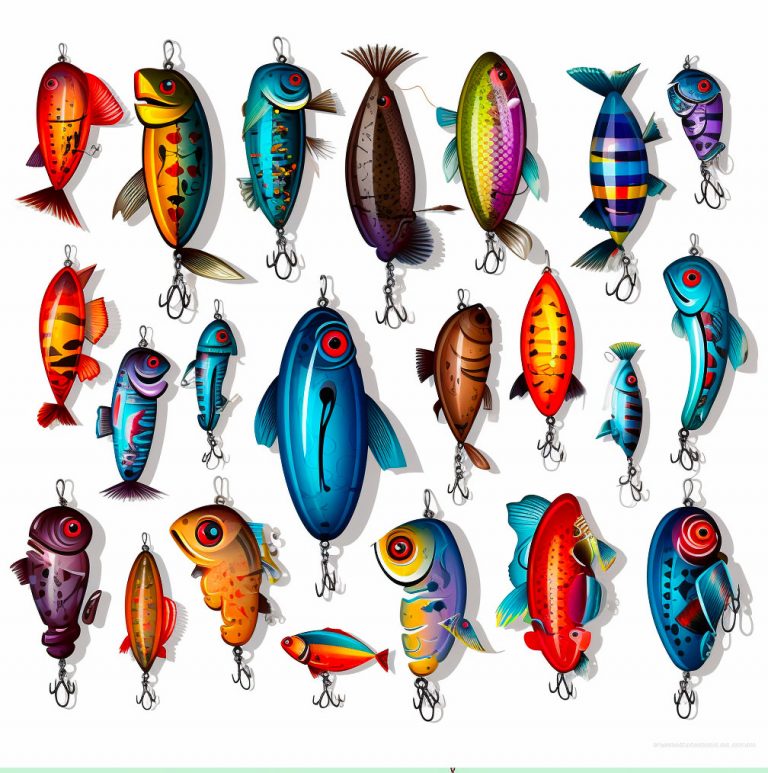
What Colors Do Bass Like in Winter?
As the cold winter months settle in, many anglers tend to pack away their fishing gear and wait out the season before hitting the waters again. However, if you’re a bass angler, you know that winter can be a great time for fishing for this species. While it’s true that bass are notoriously difficult to […]
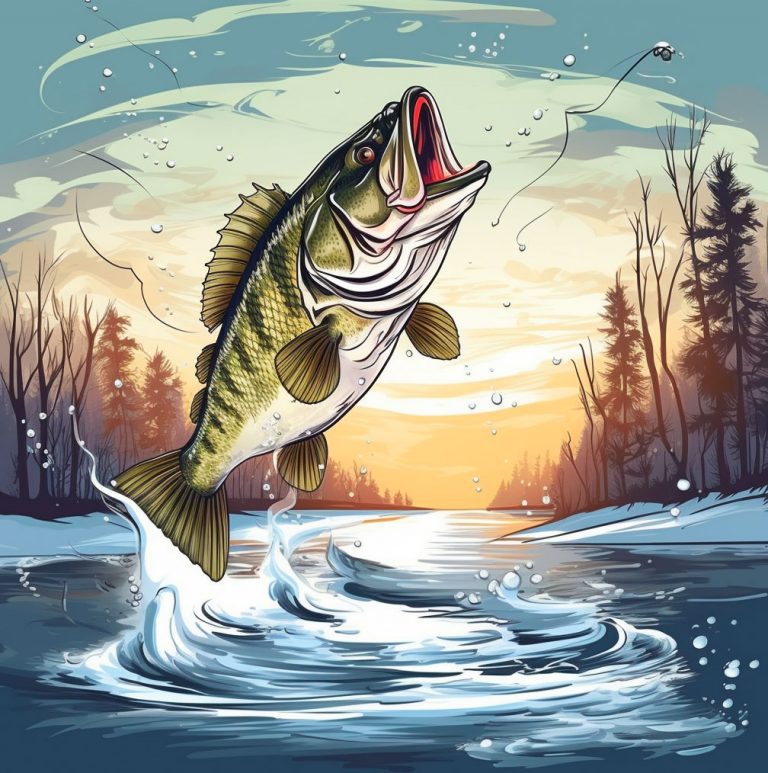
How To Catch Bass In February
As an avid bass angler, I am always on the lookout for new tips and tricks to improve my fishing game. One of the challenges of fishing for largemouth or smallmouth bass in February is their slow metabolism due to the cold water temperatures. However, with patience, the right equipment, and understanding of their feeding […]
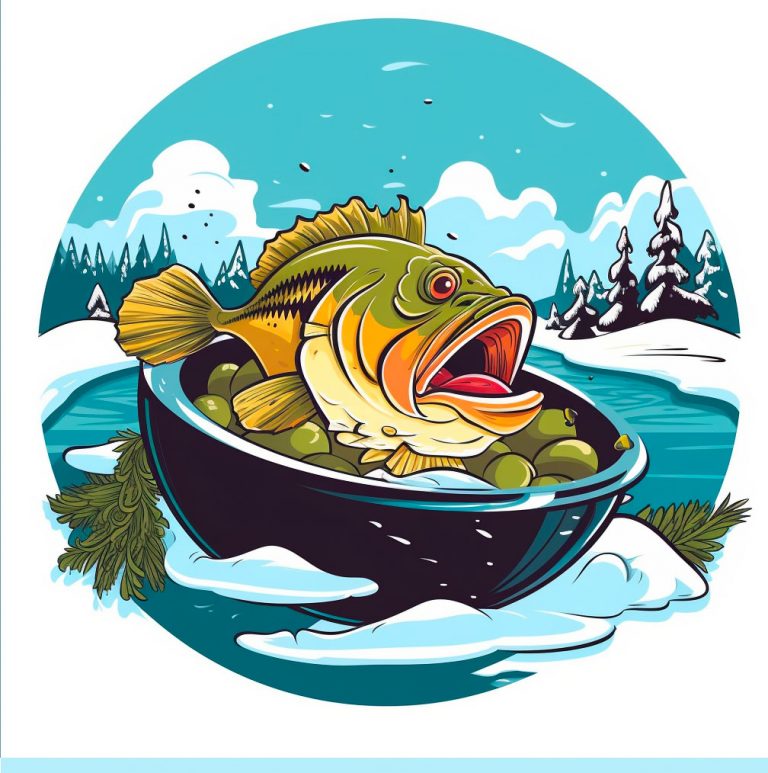
What do bass eat in the winter?
Winter is a season that significantly changes the behavior of fish, especially bass. Winter brings colder water temperatures, less sunlight, and sometimes harsh weather conditions that have a considerable impact on the food sources for bass. However, this does not mean that bass are not hungry during the winter; they still must eat to survive. […]
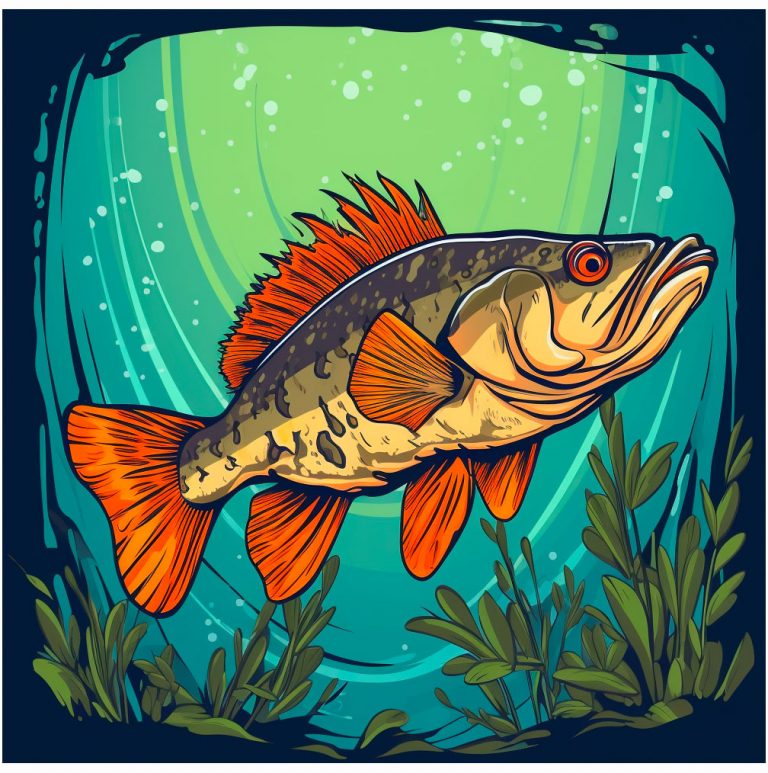
How deep do bass go in the winter?
Winter can be a tough time for bass fishermen. The cold weather and water temperatures can make the fish sluggish and less active, leading to fewer bites and more frustration. However, understanding how bass behave in winter can help anglers target them more effectively and increase their chances of success. One key aspect of bass […]
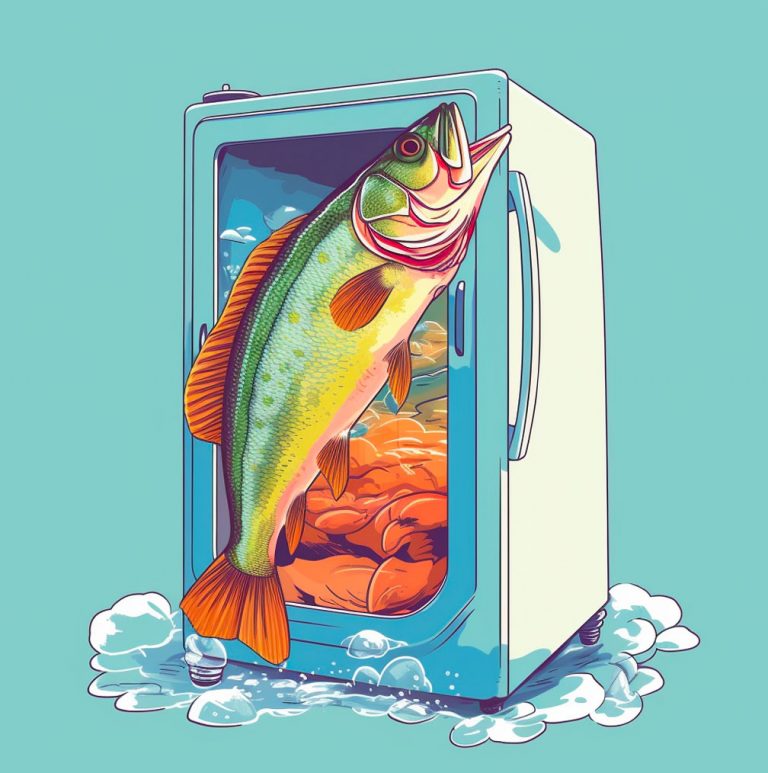
Why Don’t Bass Bite in the Winter?
Winter fishing can be a challenging experience for many anglers, especially those who are accustomed to the warmer temperatures and more active fish during the rest of the year. During the winter months, anglers often find that bass are less responsive and less likely to bite. This can make winter fishing frustrating for those who […]
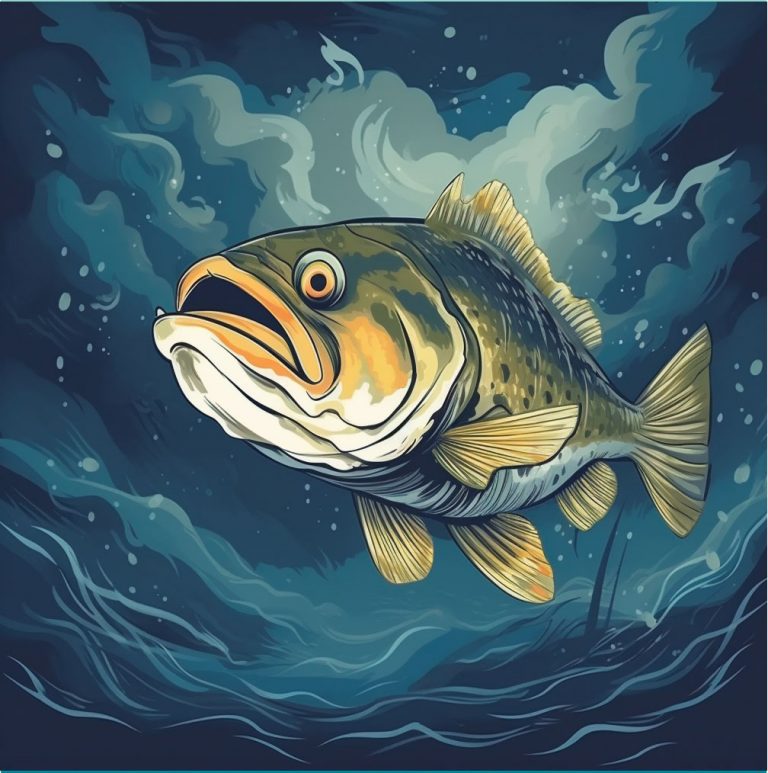
Best Lure Colors for Cloudy Days: Catch More Bass
Fishing has been a popular hobby for centuries. It is an excellent way to relax, stay active, and appreciate nature. One of the most sought after game fish in the United States is the largemouth bass. Bass fishing presents a unique challenge, and one of the critical components to its success is selecting the right […]

